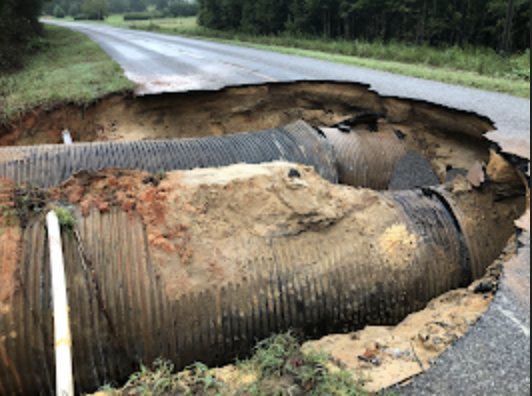Safety tips to keep children safe
Published 12:00 am Saturday, April 28, 2001
No one wants to think of a child getting hurt.
But unintentional injury is the number one killer of children age 14 and under, with children 4 and under at greatest risk.
Here are a few pointers to remember that will help to keep safe the babies you love.
Air bags are not safe for use with rear-facing infant car seats.
The safest place for any child 12 and under is in the rear seat.
Burn injuries affect thousands of children every year, with those 4 and under at highest risk.
A child exposed to 140-degree tap water for 3 seconds can get a third-degree burn requiring hospitalization and skin grafts.
Check your water heater thermostat.
It should be at 120 degrees or below.
Decrease the risk of sudden infant death syndrome (SIDS) by putting babies down to sleep on their backs.
Children will fall.
Help prevent serious falls by installing baby gates on stairways and doors and window guards on all windows above the first floor.
Guns and children don't mix.
If you must have a gun in your home, keep it unloaded and locked up, with ammunition locked in a separate location out of children's reach.
Shopping cart falls can cause fractures, concussions and even internal injuries.
Always use the safety belt to restrain your child in the shopping cart seat.
Stay close to the cart at all times.
Never let your child stand in the cart.
Never leave your child alone in or near a bathtub, bucket of water, wading pool or any body of water.
A baby or toddler can drown in less than 2 inches of water in a matter of seconds.
Watch out for balloons.
Use mylar balloons instead of latex ones.
Do not let your child put a balloon or a piece of one near his mouth.
Many children have choked to death by sucking a scrap of a balloon into the windpipe.
Walkers with wheels can be very dangerous.
Every year, more than 15,000 children are treated in emergency rooms for walker-related injuries.
Instead of a traditional baby walker with wheels, choose a stationary walker" on a stable, unmovable base.
Jogging strollers should have a deep seat and a seat belt, a locking brake to keep the stroller from rolling when you put your child in and a safety wrist strap to keep it from breaking free of your grasp.
Overheated babies are at risk of heatstroke, and some studies show overheating as a causative factor in SIDS.
To tell if your baby is too warm, place your fingers on the back of his or her neck.
If the skin feels hot, remove a layer of the baby's clothing.
Keep the baby's bedroom comfortable, but not too warm, at night.
Older children too, are susceptible to overheating and should never be left in a car unattended on a hot day.
Carbon monoxide is an odorless, colorless, toxic gas that poisons thousands of people in their homes every year.
Young children are at special risk.
Consider installing a carbon monoxide detector.
Replace its batteries, like those in your smoke detector, every year.
Be extra careful of your child when he is in a home not accustomed to children.
Sockets are likely to be uncovered, and there may be many potential hazards existing that you have taken care of in your own home. Be careful too, of visitors and what they may have in a purse or suitcase that a curious toddler can discover.
Many children have been poisoned by iron pills found in grandma's purse.
Vaccination has proved to be one of the safest and most powerful disease-prevention tools available.
Still, nearly one in eight children does not receive all the recommended immunizations by age 2.
The dangers of the disease far outweigh the possibility of side effects from the vaccination.
Don't wait until he starts kindergarten to "catch up" on your child's immunizations.
Have him immunized on time.


